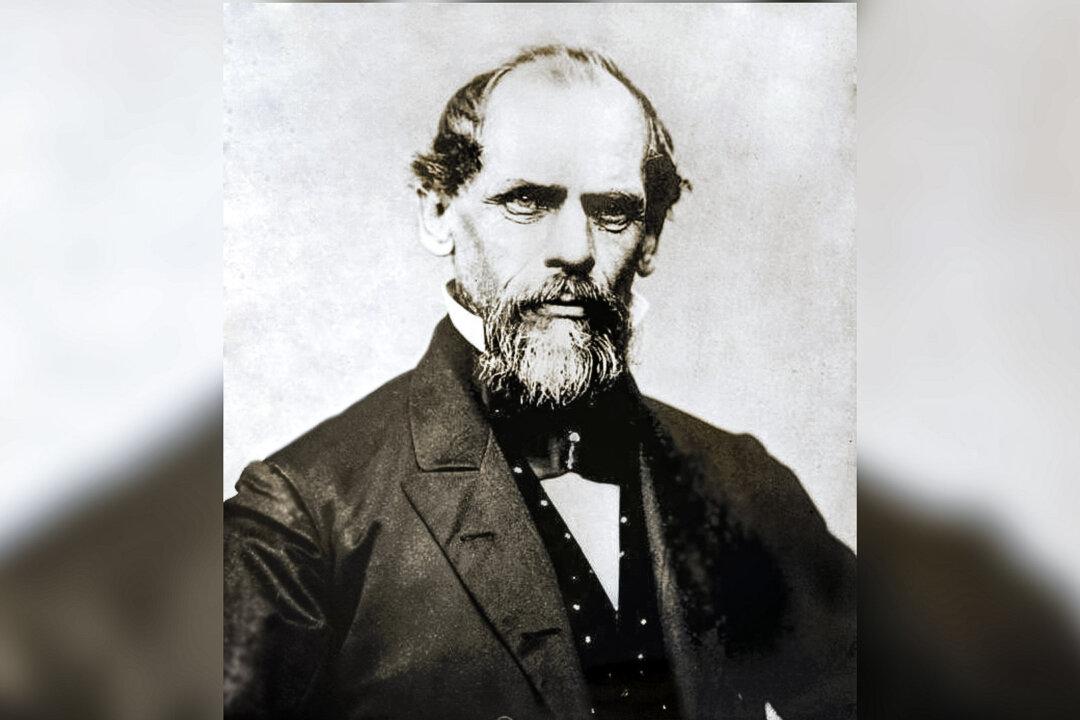When John Augustus Roebling immigrated from Prussia in 1831 to a farming commune in Saxonburg, Pennsylvania, he quickly asserted that he was no farmer. Bridges were more to his liking, and he would soon become one of America’s most prominent and innovative bridge builders.
A Bridge Between the Continents
John Augustus Roebling (1806–1869) was born in the city of Mühlhausen, Germany (Prussia at the time of his birth), during the growth of the country’s industrialization. Roebling grew up with an interest in engineering, and at 18 he became a government surveyor. At around the same time, he moved to Berlin to study engineering and architecture at the Bauakademie (Building Academy). He spent two semesters at the Bauakademie learning about hydraulic systems and bridge construction. Over the next five years, he worked in Arnsberg building military roads and surveying. His enthusiasm, however, was for bridges, specifically, suspension bridges.While Roebling was working as a government surveyor, Johann Etzler, a German inventor, had been visiting America. Etzler returned to Germany in hopes of recruiting Germans to immigrate to the United States. His plan was to create a German commune and manufacturing hub. Etzler and Roebling became friends, and when the July Revolution of 1830 broke out in France, Roebling was further convinced to immigrate. Fortuitously, that same year in Bamberg, Germany, he saw his first suspension bridge. By 1831, Roebling had arrived, along with his brother Carl, in the German farming commune of Saxonburg, Pennsylvania.






